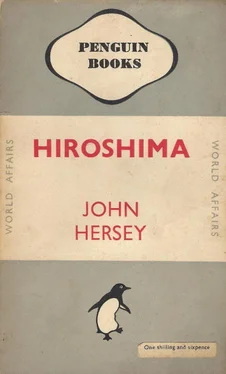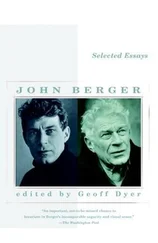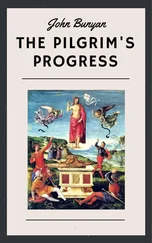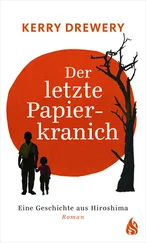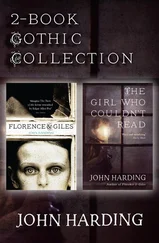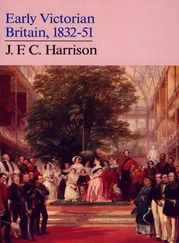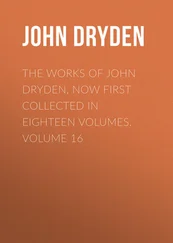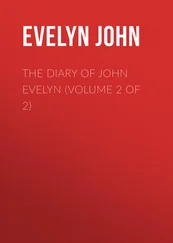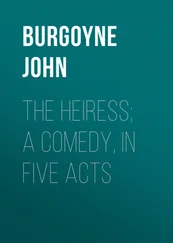John Hersey - Hiroshima
Здесь есть возможность читать онлайн «John Hersey - Hiroshima» весь текст электронной книги совершенно бесплатно (целиком полную версию без сокращений). В некоторых случаях можно слушать аудио, скачать через торрент в формате fb2 и присутствует краткое содержание. Город: London, Год выпуска: 1946, Издательство: Penguin Books, Жанр: История, на английском языке. Описание произведения, (предисловие) а так же отзывы посетителей доступны на портале библиотеки ЛибКат.
- Название:Hiroshima
- Автор:
- Издательство:Penguin Books
- Жанр:
- Год:1946
- Город:London
- ISBN:нет данных
- Рейтинг книги:4 / 5. Голосов: 1
-
Избранное:Добавить в избранное
- Отзывы:
-
Ваша оценка:
- 80
- 1
- 2
- 3
- 4
- 5
Hiroshima: краткое содержание, описание и аннотация
Предлагаем к чтению аннотацию, описание, краткое содержание или предисловие (зависит от того, что написал сам автор книги «Hiroshima»). Если вы не нашли необходимую информацию о книге — напишите в комментариях, мы постараемся отыскать её.
Hiroshima — читать онлайн бесплатно полную книгу (весь текст) целиком
Ниже представлен текст книги, разбитый по страницам. Система сохранения места последней прочитанной страницы, позволяет с удобством читать онлайн бесплатно книгу «Hiroshima», без необходимости каждый раз заново искать на чём Вы остановились. Поставьте закладку, и сможете в любой момент перейти на страницу, на которой закончили чтение.
Интервал:
Закладка:
John Hersey
HIROSHIMA
PUBLISHERS’ NOTE
ON Monday, August 6th, 1945, a new era in human history opened. After years of intensive research and experiment, conducted in their later stages mainly in America, by scientists of many nationalities, Japanese among them, the forces which hold together the constituent particles of the atom had at last been harnessed to man’s use: and on that day man used them. By a decision of the American military authorities, made, it is said, in defiance of the protests of many of the scientists who had worked on the project, an atomic bomb was dropped on Hiroshima. As a direct result, some 60,000 Japanese men, women and children were killed, and 100,000 injured; and almost the whole of a great seaport, a city of 250,000 people, was destroyed by blast or by fire. As an indirect result, a few days later, Japan acknowledged defeat, and the Second World War came to an end.
For many months little exact and reliable news about the details of the destruction wrought by the first atomic bomb reached Western readers. Millions of words were written, in Europe and America, explaining the marvellous new powers that science had placed in men’s hands; describing the researches and experiments that had led up to this greatest of all disclosures of Nature’s secrets: discussing the problems for man’s future which the new weapon raised. Argument waxed furious as to the ethics of the bomb: should the Japanese have received advance warning of America’s intention to use it? Should a demonstration bomb have been exploded in the presence of enemy observers in some remote spot where it would do a minimum of damage, as a warning to the Japanese people, before its first serious use? But of the feelings and reactions of the people of Hiroshima to the bomb, nothing, or at least nothing that was not pure imagination, could be written; for nothing was known.
In May, 1946, The New Yorker sent John Hersey, journalist and author of A Bell for Adano , to the Far East to find out what had really happened at Hiroshima: to interview survivors of the catastrophe, to endeavour to describe what they had seen and felt and thought, what the destruction of their city, their lives and homes and hopes and friends, had meant to them in short, the cost of the bomb in terms of human suffering and reaction to suffering. He stayed in Japan for a month, gathering his own material with little, if any, help from the occupying authorities; he obtained the stories from actual witnesses. The characters in his account are living individuals, not composite types. The story is their own story, told as far as possible in their own words. On August 31st, 1946, Hersey’s story was made public. For the first time in The New Yorker ’s career an issue appeared which, within the familiar covers, bearing—for such covers are prepared long in advance—a picnic scene, carried no satire, no cartoons, no fiction, no verse or smart quips or shopping notes: nothing but its advertisement matter and Hersey’s 30,000-word story.
That story is built round the experiences of six people who were in Hiroshima when the bomb dropped, each of whom, by some strange chance, escaped, not unscathed, but at least with life. One, a Roman Catholic missionary priest, was a German; the other five were Japanese: a Red Cross hospital doctor, another doctor with a private practice, an office girl, a Protestant clergyman, and a tailor’s widow. For some time after the bomb had fallen, none of them knew exactly what had happened: they hardly realised that their old familiar life had ended, that they had been chosen by chance, or destiny, or—as two of them at any rate would have put it—by God, to be helpless small-part actors in an unparalleled tragedy. Bit by bit came the awakening to the magnitude of the calamity that had removed, in a flash, nearly all their accustomed world.
Hersey’s vivid yet matter-of-fact story tells what the bomb did to each of these six people, through the hours and the days that followed its impact on their lives. It is written soberly, with no attempt whatever to “pile on the agony”—the presentation at times is almost cold in its economy of words. To six ordinary men and women, at the time and afterwards, it seemed—like this.
The New Yorker’s original intention was to make the story a serial. But in an inspired moment, the paper’s editors saw that it must be published as a single whole and decided to devote a whole issue to Hersey’s masterpiece of reconstruction. For ten days Hersey feverishly rewrote and polished his story, handing it out by instalments to the printers, and no hint of what was in the air escaped from The New Yorker office. On August 31st, in the paper’s usual format, the historic issue appeared. It created a first-order sensation in American journalistic history: a few hours after publication the issue was sold out. Applications poured in for permission to serialise the story in other American journals, among them the New York Herald Tribune , Washington Post , Chicago Sun , and Boston Globe . A condensed version—the cuts personally approved by Hersey—was broadcast in four instalments by the American Broadcasting Company. Some fifty newspapers in the U.S. eventually obtained permission to use the story in serial form, the copyright fees, after tax deduction, at Hersey’s direction going to the American Red Cross. Albert Einstein ordered a thousand copies of the New Yorker containing the story. Even stage rights were sought from the author, though he refused to give permission for dramatisation. British newspapers and press syndicates immediately cabled for reproduction rights: but the New Yorker’s executives insisted that no cutting could be permitted, and with British paper rationing, full newspaper publication was seen to be impracticable. The book production rights for the United States were secured by Alfred A. Knopf, Inc., and the American Book of the Month Club chose it for publication as an “Extra”; and the B.B.C. obtained permission to broadcast the article in full in four episodes as part of their new Third Programme.
Penguin Books , feeling that Hersey’s story should receive the widest possible circulation in Great Britain, immediately cabled to Alfred A. Knopf for, and were accorded, permission to issue it complete in book form. It here appears save for following English spelling conventions in an edition of 250,000 copies, exactly as it appeared in the pages of the New Yorker . Many accounts have been published telling—so far as security considerations allow— how the atom bomb works. But here, for the first time, is not a description of scientific triumphs, of intricate machines, new elements, and mathematical formulas, but an account of what the bomb does—seen through the eyes of some of those to whom it did it: of those who endured one of the world’s most catastrophic experiences, and lived.
HIROSHIMA
The NEW YORKER this week devotes its entire editorial space to an article on the almost complete obliteration of a city by one atomic bomb, and what happened to the people of that city. It does so in the conviction that few of us have yet comprehended the all but incredible destructive power of this weapon, and that everyone might well take time to consider the terrible implications of its use.
I
A NOISELESS FLASH
AT exactly fifteen minutes past eight in the morning, on August 6, 1945, Japanese time, at the moment when the atomic bomb flashed above Hiroshima, Miss Toshiko Sasaki, a clerk in the personnel department of the East Asia Tin Works, had just sat down at her place in the plant office and was turning her head to speak to the girl at the next desk. At that same moment, Dr. Masakazu Fujii was settling down cross-legged to read the Osaka
Читать дальшеИнтервал:
Закладка:
Похожие книги на «Hiroshima»
Представляем Вашему вниманию похожие книги на «Hiroshima» списком для выбора. Мы отобрали схожую по названию и смыслу литературу в надежде предоставить читателям больше вариантов отыскать новые, интересные, ещё непрочитанные произведения.
Обсуждение, отзывы о книге «Hiroshima» и просто собственные мнения читателей. Оставьте ваши комментарии, напишите, что Вы думаете о произведении, его смысле или главных героях. Укажите что конкретно понравилось, а что нет, и почему Вы так считаете.
